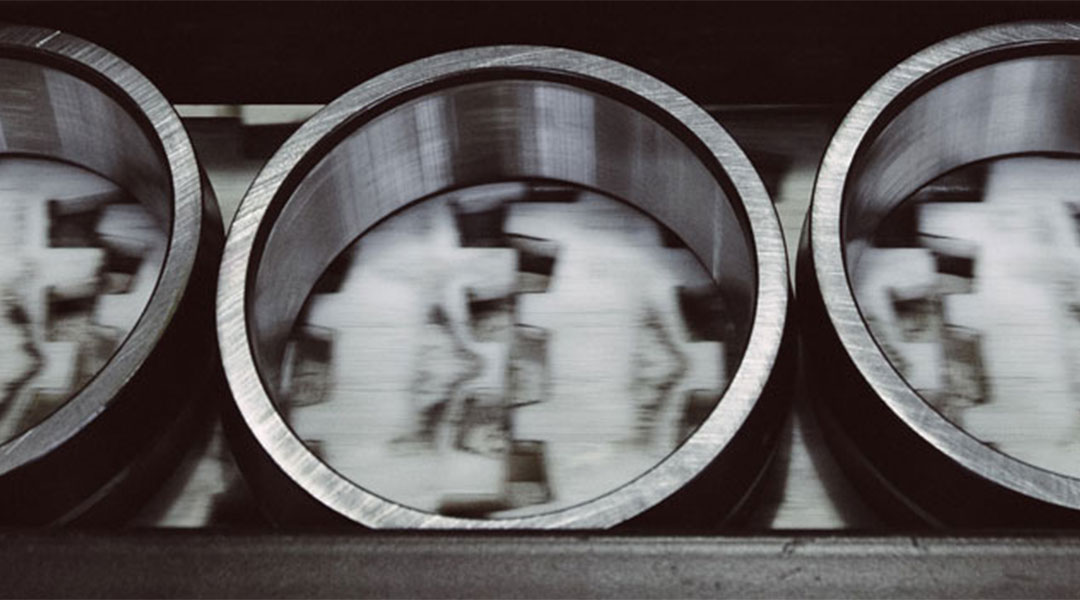news center
how to determine which wheel is malfunctioning
2018-05-17
The car puts pressure on the wheels, which tend to separate. The hub bearings hold this load. If we elevator the car on an elevator, the wheels are unloaded, and it's already difficult to tell which bearing is making noise. Without a load, it may not make any noise.
So, we drove off the elevator, and started driving on a level road. We accelerate to a speed of 40-50 km per hour and make a small turn to the left. This way we load the left hub bearing. If you hear some noise, it means that the right hub bearing is defective, as the right wheel is loaded more.
On the contrary, if you load the right wheel and you hear a humming noise, it means that the left bearing is defective. Why does this happen? In normal linear driving on the road, the load on both wheels is the same. If we make a left turn, the left bearing remains under the same load, while the right one takes a different load and starts making noise.
How to identify rear wheel bearings
As for the rear bearings. They are determined in exactly the same way. The bearings are loaded almost identically. You make a left turn and hear a rumble in the back that gets worse, then the right rear bearing is faulty. You make a right turn, and if you hear the hum intensifying, then the left rear bearing is defective.
With the rear bearings, the case is much simpler. If the car has front-wheel drive and the rear turns out to be driven, the wheels spin freely. You lift up on any elevator, spin the rear wheels, and the bearing failure will show at once. If it doesn't show suddenly, this method of turning will do the trick.







